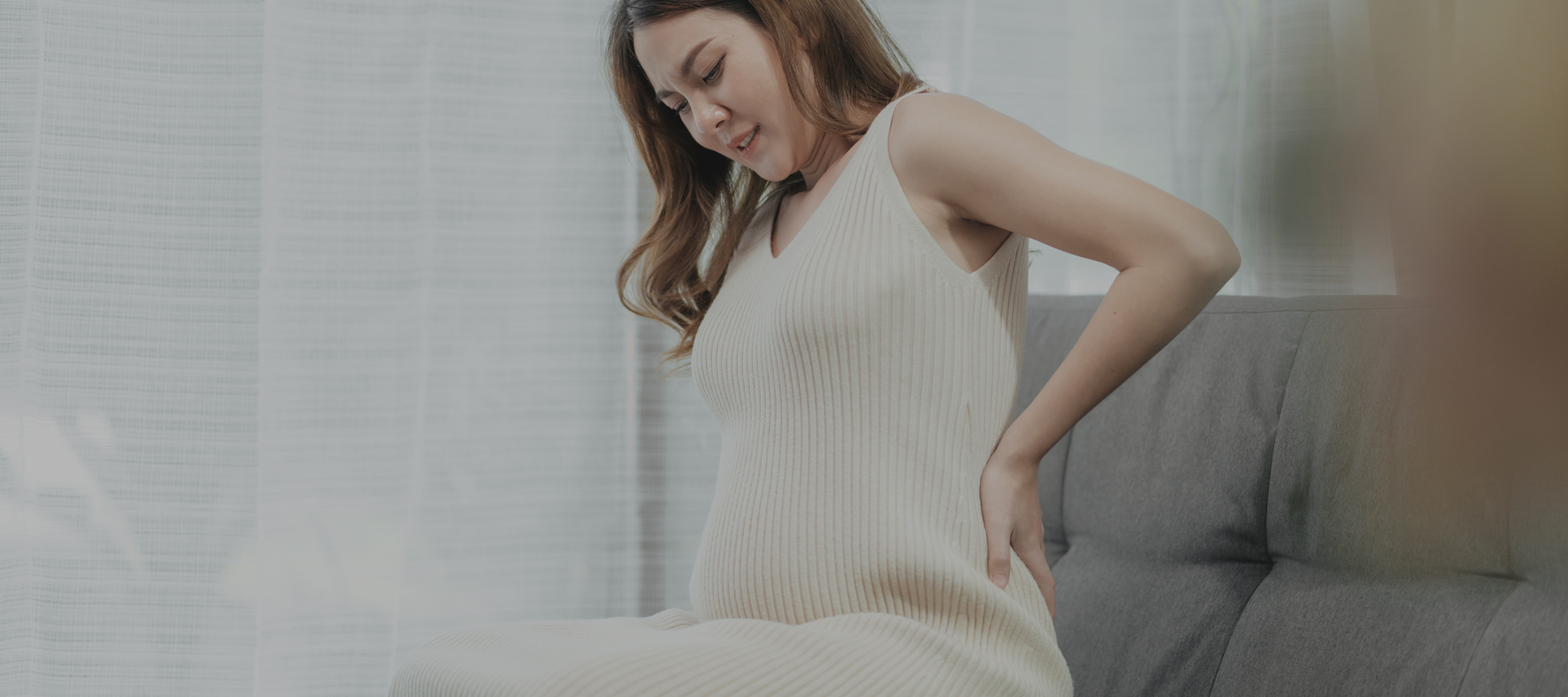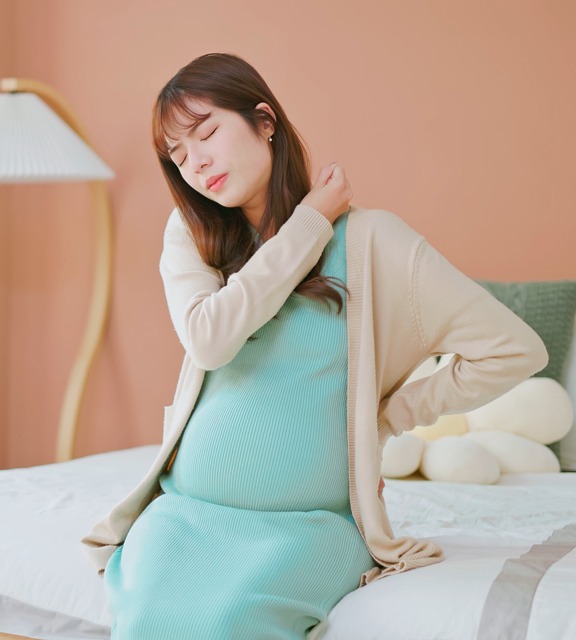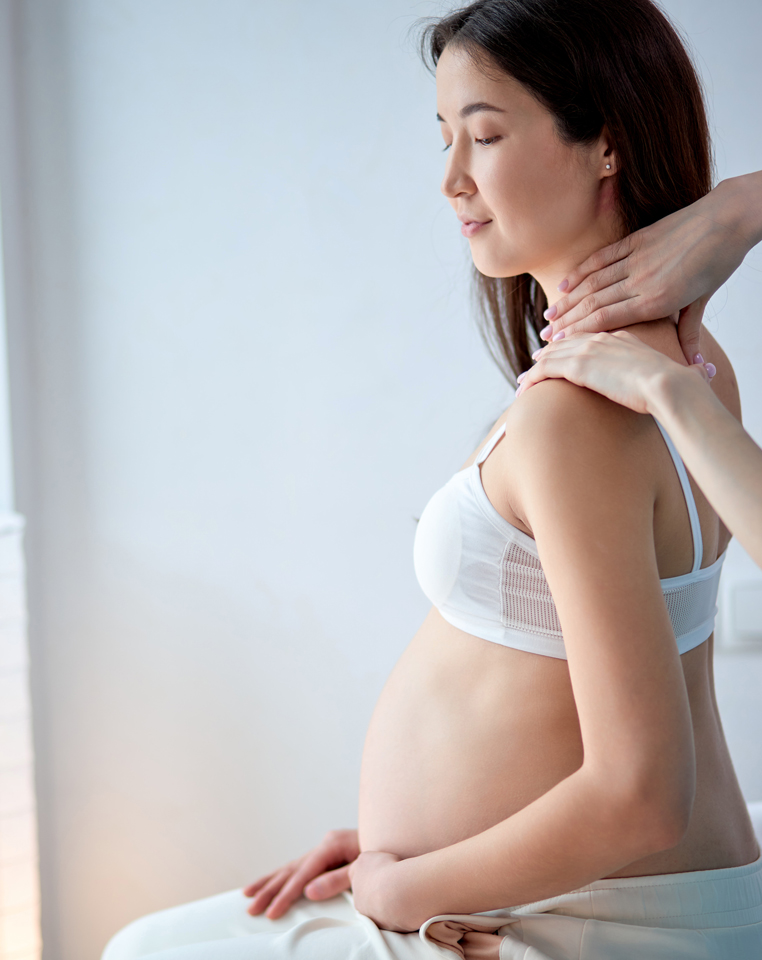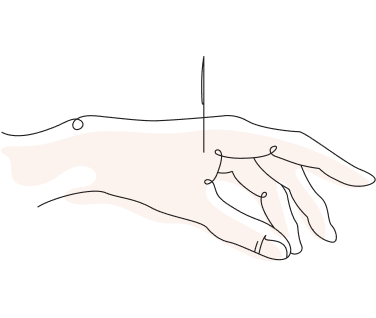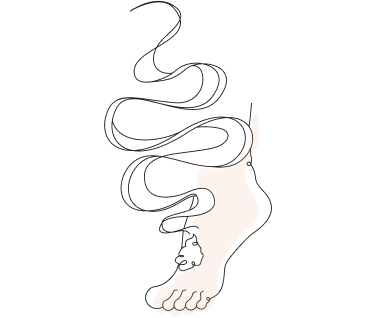Increased Body Weight
Added baby weight strains the spine and pelvis, increasing load on supporting muscles.
Hormonal Changes
Pregnancy hormones loosen ligaments, preparing for childbirth but destabilising joints, causing discomfort.
Muscle Separation
Expanding uterus may cause abdominal muscle separation, weakening support for spine and pelvis.


